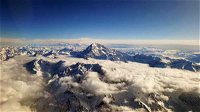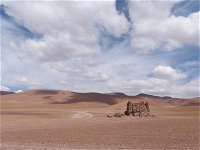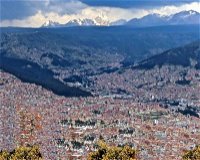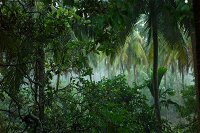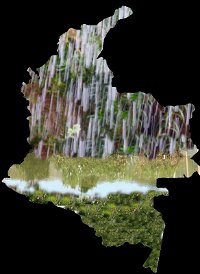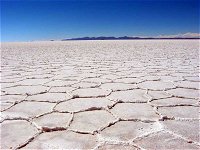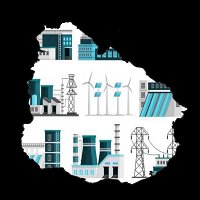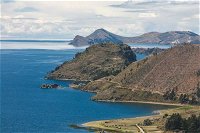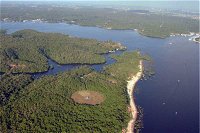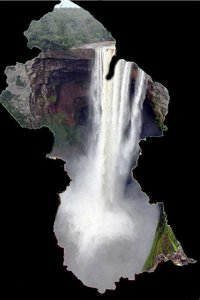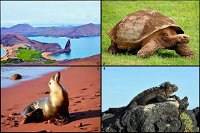Quiz Answer Key and Fun Facts
1. Venezuela: World's tallest uninterrupted waterfall
2. General: Longest mountain range in the world
3. Chile: Driest non-polar place on earth
4. Bolivia: Highest capital city in the world
5. Paraguay: Largest navy of any landlocked country anywhere
6. Brazil: Largest rainforest in the world
7. Colombia: Wettest country on earth
8. Bolivia: Largest salt flat on earth
9. Uruguay: Most electricity from renewable sources in the world
10. Peru: World's highest commercially navigable lake
11. Suriname: Highest percentage of forest cover in the world.
12. Argentina: World's southernmost city
13. General: World's largest river by volume
14. Guyana: Largest single-drop waterfall in the world by volume
15. Ecuador: Most northerly species of penguins in the world
Source: Author
Midget40
This quiz was reviewed by FunTrivia editor
spanishliz before going online.
Any errors found in FunTrivia content are routinely corrected through our feedback system.


